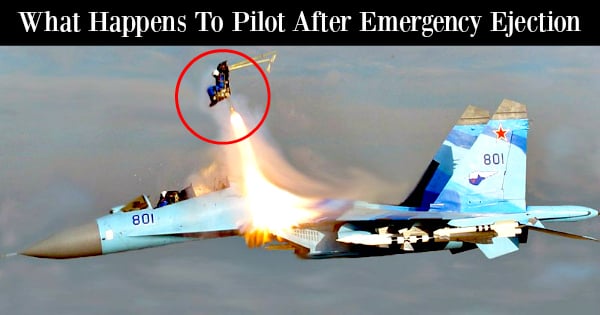The Indian Air Force (IAF) has lost nearly a squadron strength in aircraft failures, resulting in a significant loss of life owing to outdated equipment. For the Indian pilots who managed to eject to safety in the nick of time, surviving was only the beginning of their upward battle. A mid-air ejection is a harrowing and violent experience which takes a traumatic toll on the human body, often with life long consequences.
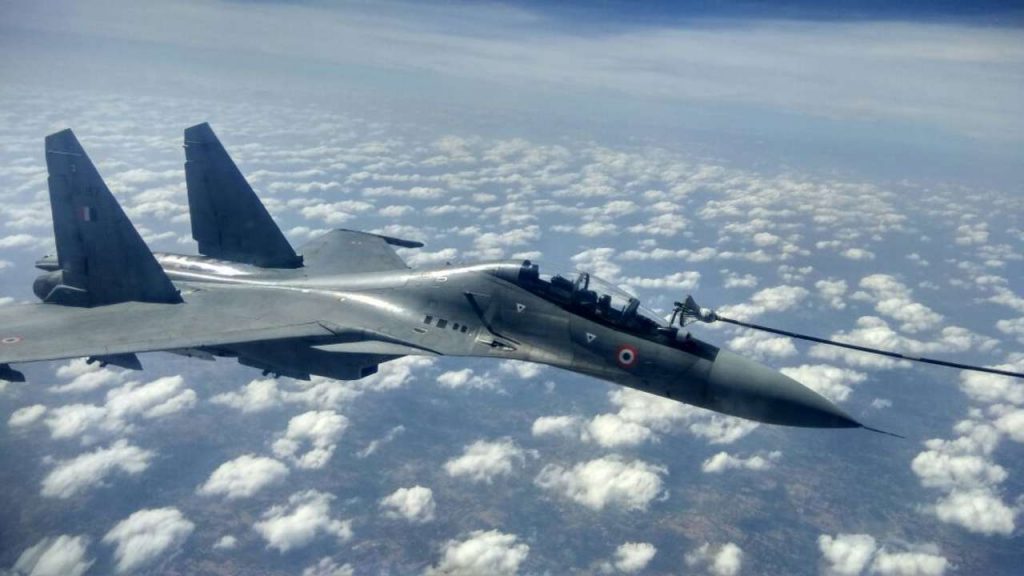
“One In Three Pilots Risk Spinal Fracture”
According to a detailed study on the matter “one in three pilots sustain spinal fractures.” This significant trauma to the spine is a direct result of the violent amount of force through which the ejector seat is rocketed out of the plane; the sitting position further amplifies the level of injury during the ejection. The gravitational pull experienced during ejection is 14 to 16 times the regular gravitational force applied at 200G per second. Lower Back Injuries and abrasions are the most common of injuries faced by air force pilots.
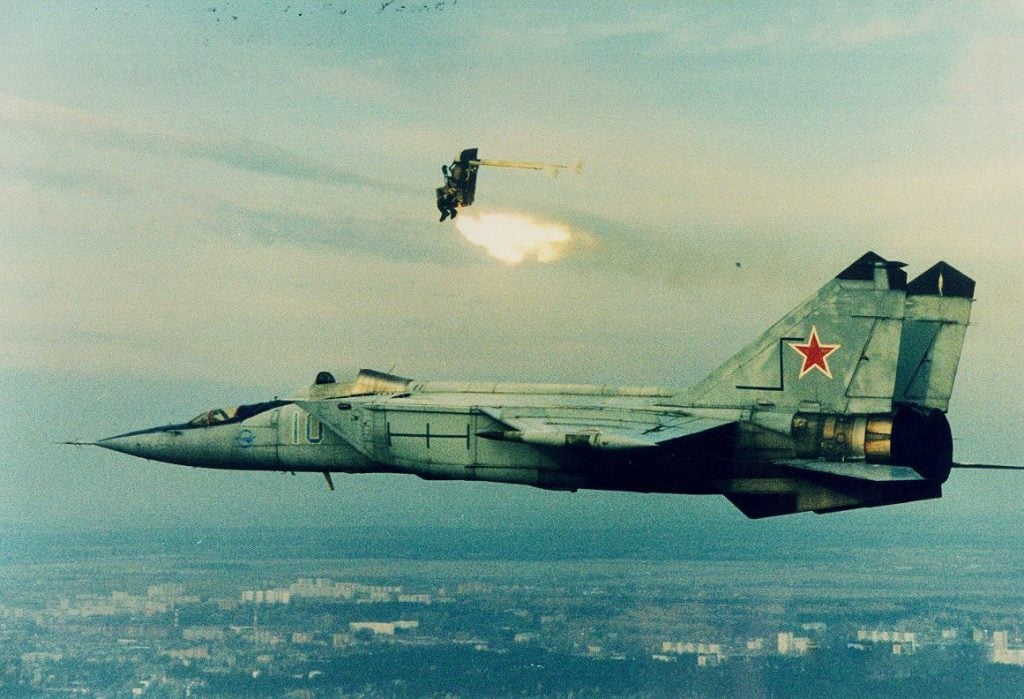
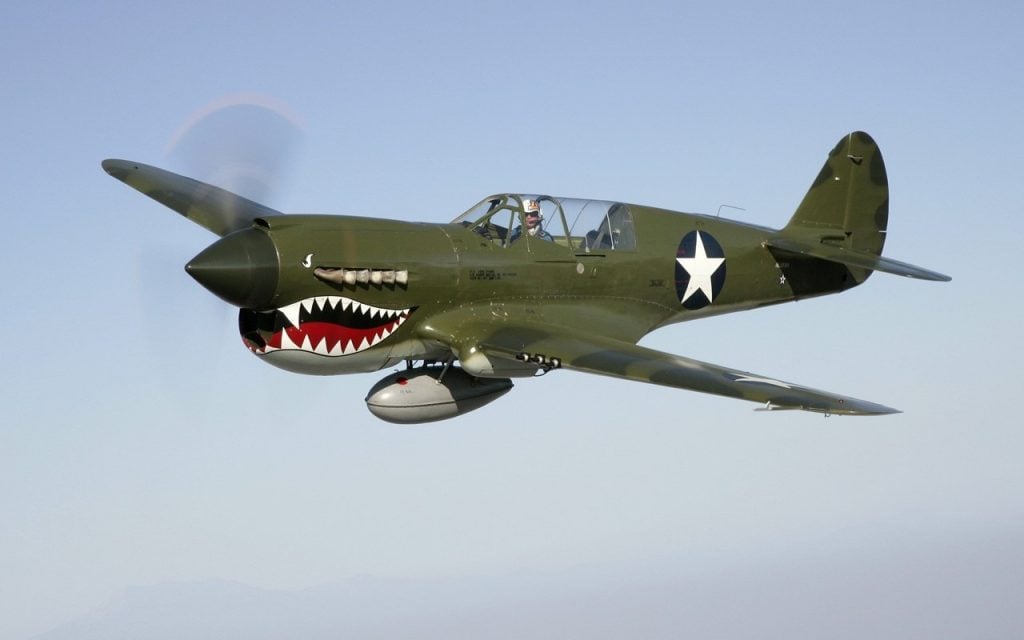
In the early days of military aviation, broken limbs and popped shoulders were a result of emergency ejection. In fact, aircraft used in both World Wars, were notorious for their ejection related trauma. While modern ejection seats are far more sophisticated as compared to their Great War counterparts, it is still in no way safer for modern-day fighter pilots. An emergency bailout from an aircraft is still pretty much the end of a pilot’s flying career, and in extreme scenarios, a death sentence! According to several bodies of research on ‘Ejection Trauma’, some of the standard injuries sustained during a fighter pilot’s attempted bid to safety are as follows:
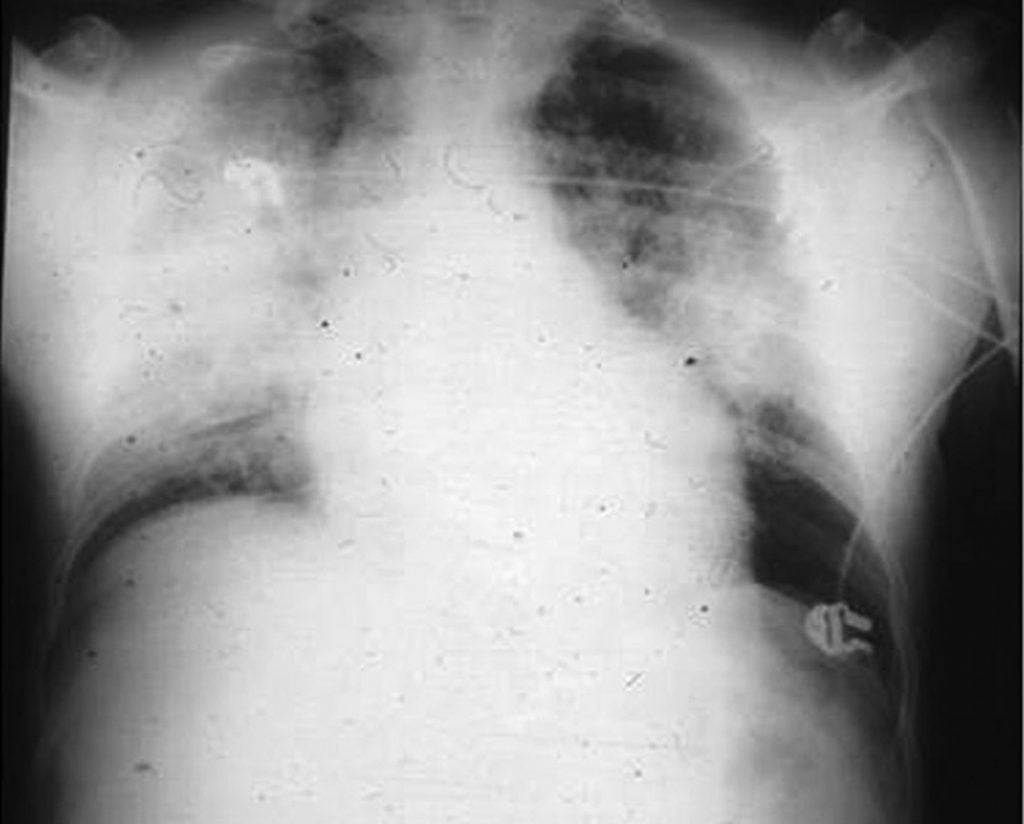
A Summary Of Injuries Which May Be Sustained In The Course Of An Emergency Ejection
- Severe burns from MDC splatter followed by shrapnel injuries from fragmented fabric. The initial launch of the pilots’ seat causes a brutal shock to the fighters neck and lower and mid-portion of the spinal cord, which are some of the most vulnerable parts of the skeletal system.
- Following the initial ejection, the pilot is violently thrust into the airflow, with the sudden exposure running a significant risk of lung damage.
- The swift emergency deployment of the parachute may result in further snatch injuries which have the potential to aggravate injuries to the already traumatised spinal cord.
- A pilot further runs the risk of exposure to unavoidable lower limb injuries in the event of low altitude evacuations. Forced parachute landings may even result in the loss of the pilots’ legs.
- Pilots suffer from lung damage following a sudden exposure to atmospheric pressure after ejection
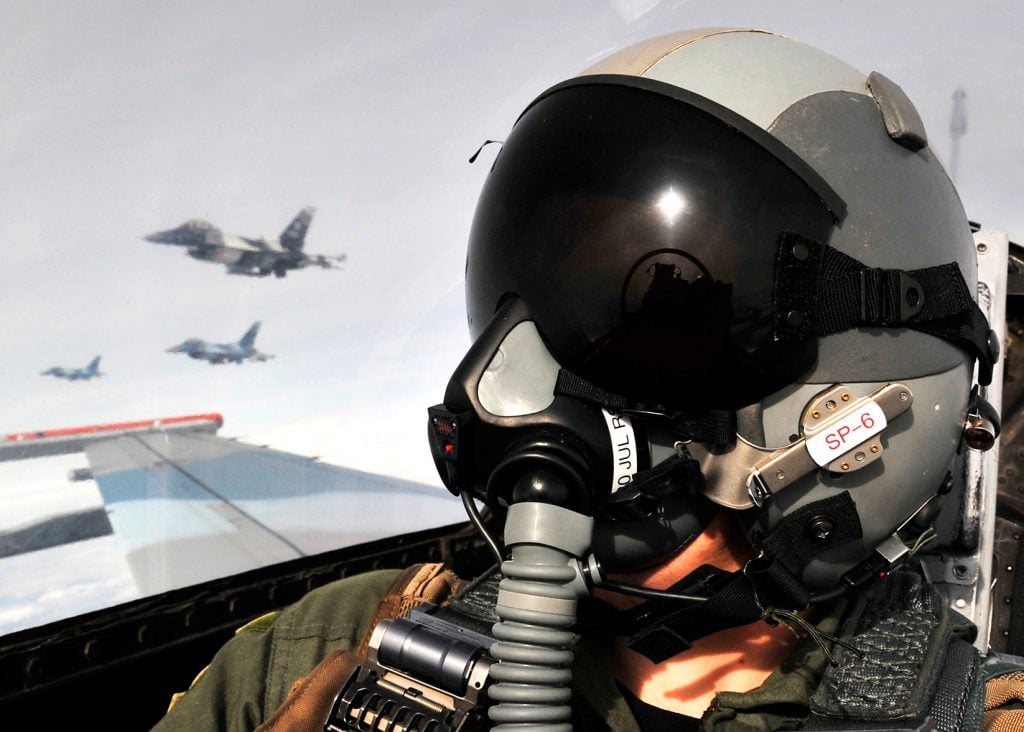
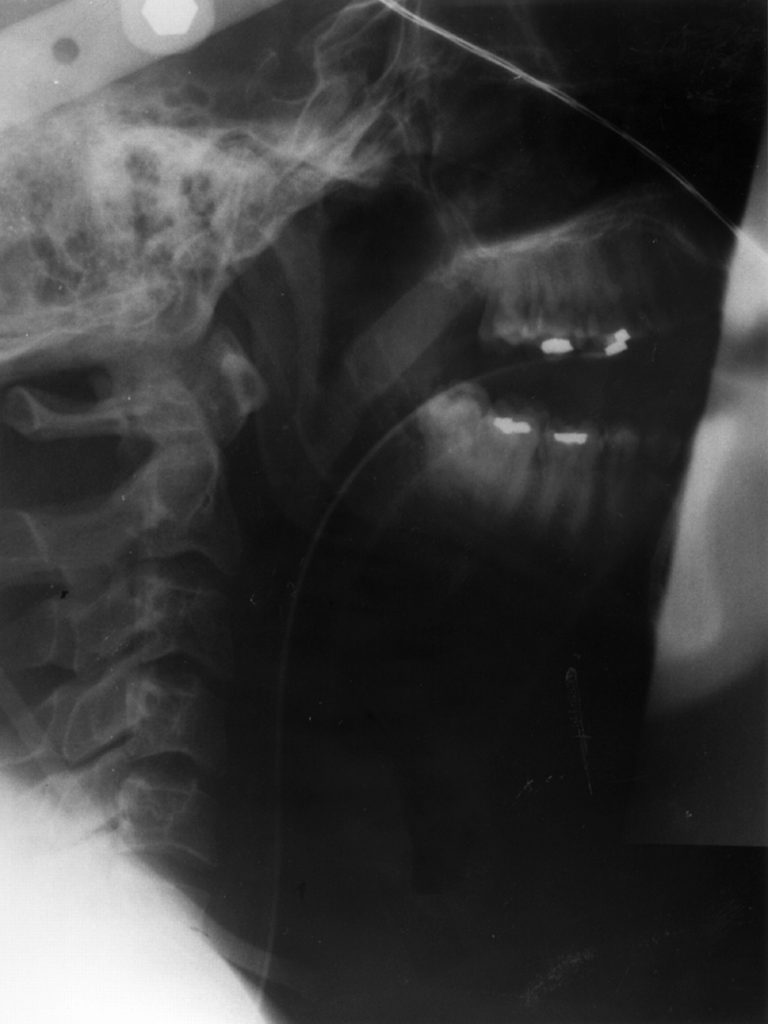
What Follows An Ejection?
Following an emergency bailout, pilots are made to undergo a series of physiological and medical evaluations to check their medical fitness to serve in the Air Force, and then determine, wheater they are fit to return to flying duties. The impact of ejections to the medical health of a pilot is to a large extent dependent on the aircraft he/she is flying, with certain modern aircrafts designed to allow the pilot two ejections without significant medical injury. This relative safety feature has been incorporated in modern jets, keeping in mind the likelihood of ejection as a contingency and the physical toll an individual ejection takes.
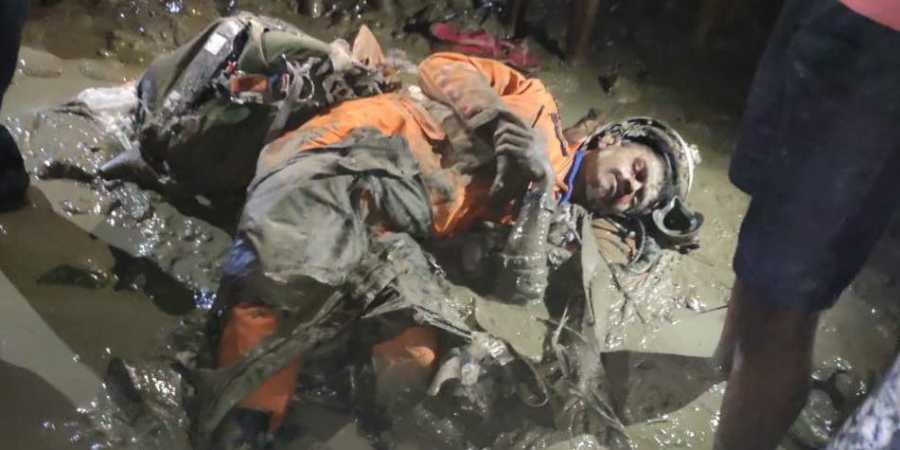
The Toll Of Repeated Ejections
Oftentimes fighter pilots in the IAF have been forced to eject on multiple occasions due to engine snags or other technical failures; this has significantly hampered the career progression of several distinguished air warriors. Repeated ejections significantly affect a pilots quality of life with the risk of paralysis. Consequences may be long-drawn, with the symptoms and other spinal complications of both single or successive ejections, developing later in life, leading to ailments such as chronic back pain, slip disks, spinal bulges among a host of other spinal complications.
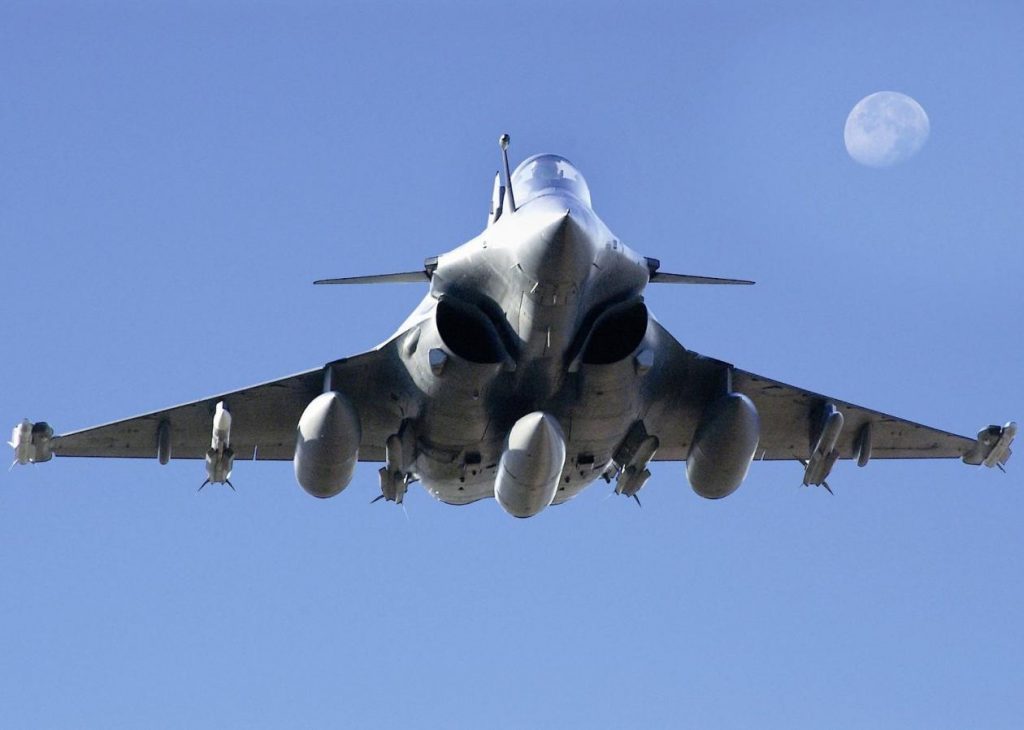
The Way Forward
Investment into high-end military aircraft and proper maintenance of jets are likely to decrease the likelihood of the routine aircraft failures Indian pilots are facing, allowing the flying aces to retain their functionality.

